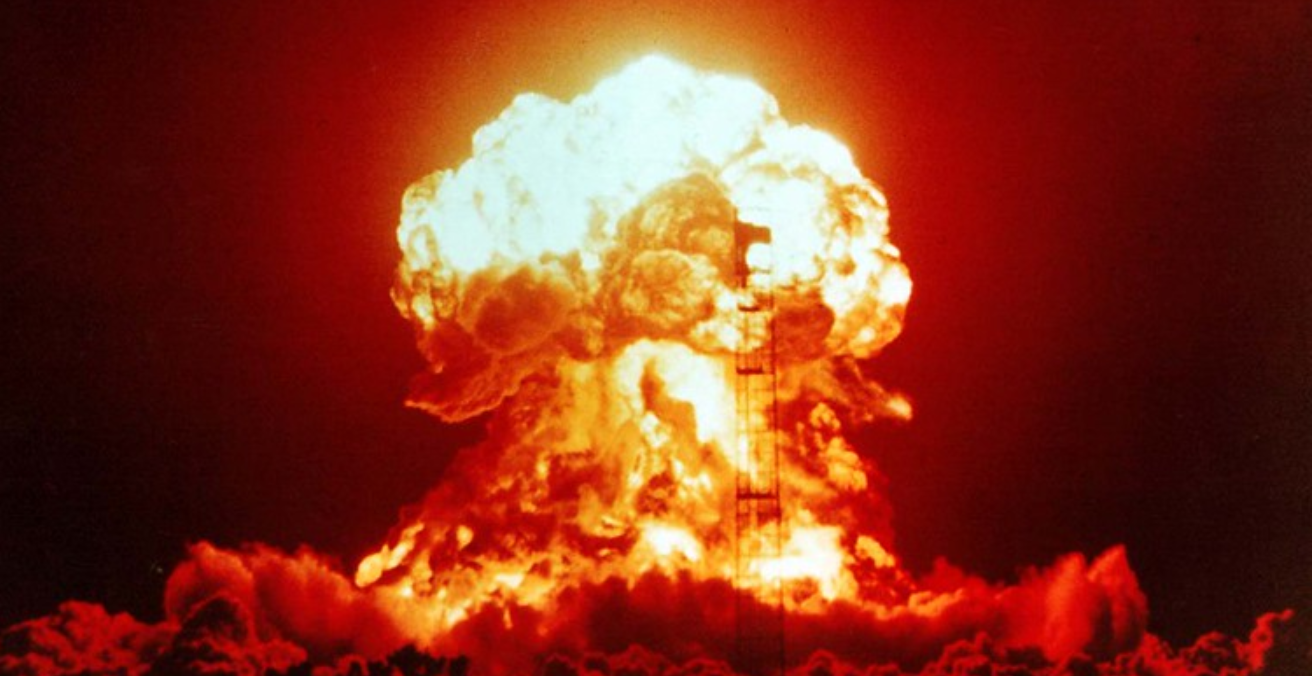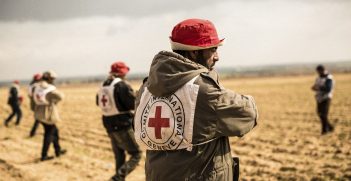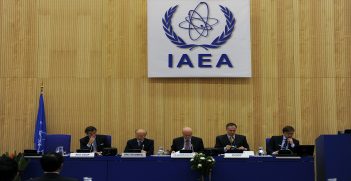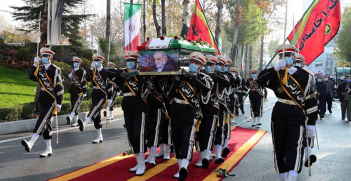Think Things Are Bad Now? Wait Until We Stumble Into a Nuclear Disaster

Most people have been lulled into a false sense of security about nuclear weapons, believing that with the end of the Cold War, the dangers of nuclear annihilation are behind us. Nothing could be further from the truth.
While the number of nuclear weapons has dropped since 1991 – there are now “only” around 13,900 nuclear weapons in existence – their lethality has not, and neither has the risk of them being used. Just two months ago, the Science and Security Board of the Bulletin of the Atomic Scientists moved the hands of the “Doomsday Clock,” – which reflects the calculation of the likelihood of nuclear war and other civilization-ending events, to 100 seconds to midnight – “midnight” being the point at which apocalypse occurs.
To be clear, these respected analysts are telling us that we have never been as close as we are now to the possibility of nuclear war. Even during the Cold War, when nuclear brinkmanship imperilled us all, there were a number of treaties and arms control arrangements which sought to keep disaster at bay. But with the abandonment of several of these treaties, increasing hostilities between the major nuclear-armed states, especially between NATO and Russia, and India and Pakistan, “civilization-ending nuclear war—whether started by design, blunder, or simple miscommunication—is a genuine possibility.”
The concept of “nuclear winter” evolved in the 1980s to describe the aftermath of nuclear war. But what we know today is much worse. Using sophisticated technologies, scientists and climatologists have been modelling the impacts of what even a “limited” nuclear war would look like. The results are sobering.
A war – let’s say between India and Pakistan, arguably the most tense nuclear armed rivals today – using just a few hundred nuclear weapons is likely to result in 50 – 125 million deaths. Adequate medical assistance would be impossible with hospitals, communications, transport, and other services disabled. Without sanitation, epidemics of infectious diseases far worse than Coronavirus are likely to occur.
But the effects, terrible as they would be, would not be limited only to the South Asian region: the smoke produced from burning cities is likely to shroud the world in darkness for at least a decade. This in turn will have a profound effect on food production, leading to an estimate that up to two billion people worldwide would starve to death.
And if nuclear war between the US and its NATO partners and Russia were to break out, the consequences could be far greater. Washington and Moscow possess between them around 12,675 nuclear weapons. An escalation of even a minor conflict could see many of these weapons used. And that could easily spill over into a global war. Australia would not be immune. Apart from being targeted at Pine Gap, the strategic communications centre it provides for the US, Australia would undoubtedly suffer in other ways too. Economic systems would collapse globally and communications and technology would be limited as satellite systems are disabled.
Health systems around the world would struggle to meet the needs of survivors and those affected by spreading radiation. Massive population flows are likely as people attempt to flee the worst-affected areas, and social order may break down irretrievably. As one publication examining the health, environmental, agricultural, and economic implications of the use of nuclear weapons notes, millions of people will face unspeakable suffering.
The optimists will surely say that this won’t happen. After all, it hasn’t happened before. It is true that we have been lucky, and that we have not seen these weapons used in war since August 1945. But that luck will not hold forever. A look at some of the studies which show how close the world has come to nuclear disasters in the past makes for chilling reading. There have been dozens of incidents where mistakes have been made, where misperceptions have occurred, and where simple human frailty has very nearly wiped out whole territories. The Royal Institute of International Affairs’ publication, Too close for comfort: cases of near-nuclear use, and the catalogue of errors documented by Eric Schlosser should be compulsory reading for all.
We can avoid such a disaster. A new UN treaty on The Prohibition of Nuclear Weapons calls on all nuclear armed states to move to a phased, mutual, and verified process of nuclear disarmament, and most states in the world have supported this. But the nuclear states remain wedded to their weapons of massive destruction. The Australian government keeps its head in the sand, refusing to sign this treaty out of a sense of misplaced loyalty to Washington. Thus the status quo continues: we ignore the dangers, and we drift towards unparalleled catastrophe, as Einstein warned.
Nuclear war is a real possibility. It poses a far greater threat than Coronavirus does – it can devastate the world, and at a much faster rate. Perhaps we need to rethink fundamentally what “security” really means to us, and how we allocate our resources. The nuclear weapon states spend around AUD169 billion every year on their nuclear arsenals: the US nuclear budget alone would fund 300,000 ICU beds, 35,000 ventilators, plus the salaries of 150,000 US nurses and 75,000 US doctors. A reconsideration of our priorities in Australia is also long-overdue: drought, catastrophic bushfires, and now a frightening pandemic, all bringing economic chaos, show us that for all the resources we spend on “security,” our world is not very safe at all.
We can start by joining the ban on nuclear weapons. But we should also call for a new global compact to address the many real threats to security: not just nuclear threats, but pandemics, widespread poverty and starvation, and looming environmental disaster. Let’s take this opportunity to think and act differently.
Dr Marianne Hanson is associate professor of International Relations from the University of Queensland.
This article is published under a Creative Commons Licence and may be republished with attribution.





